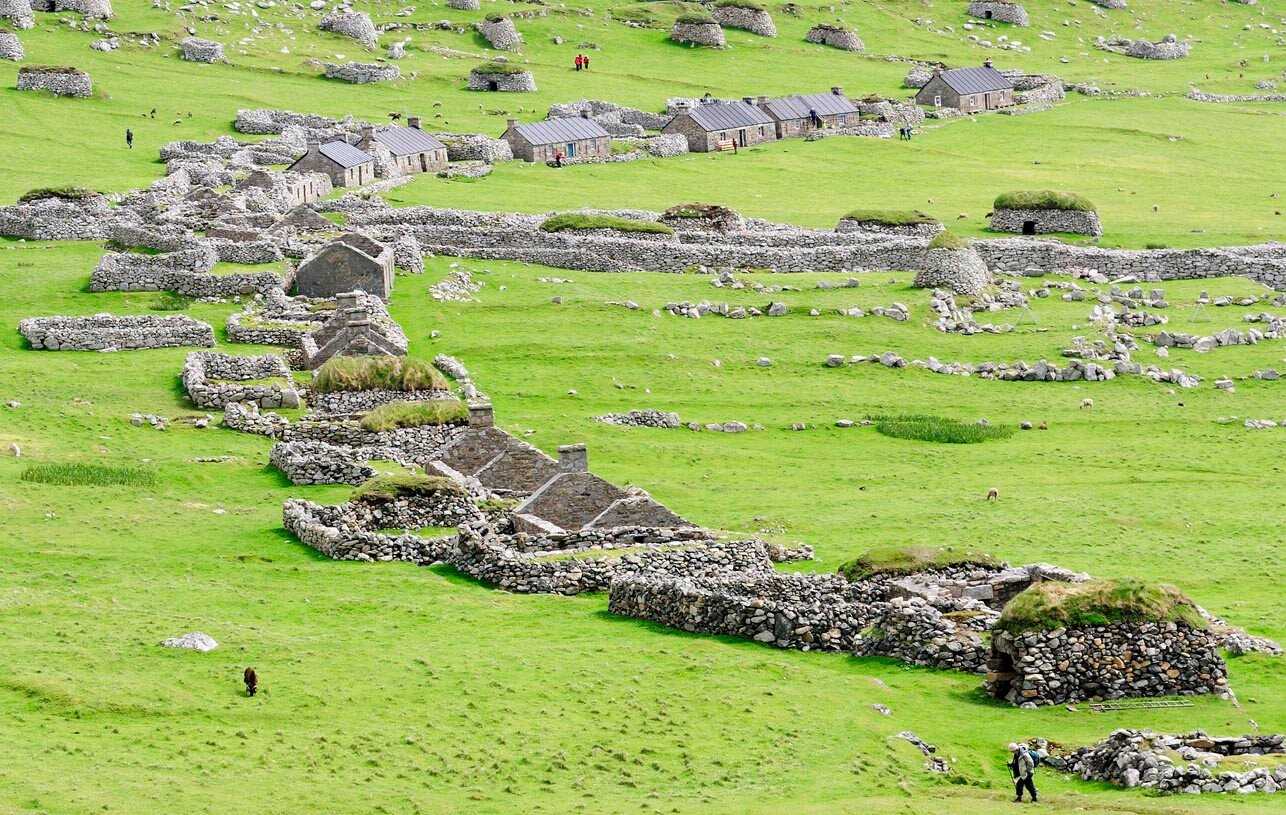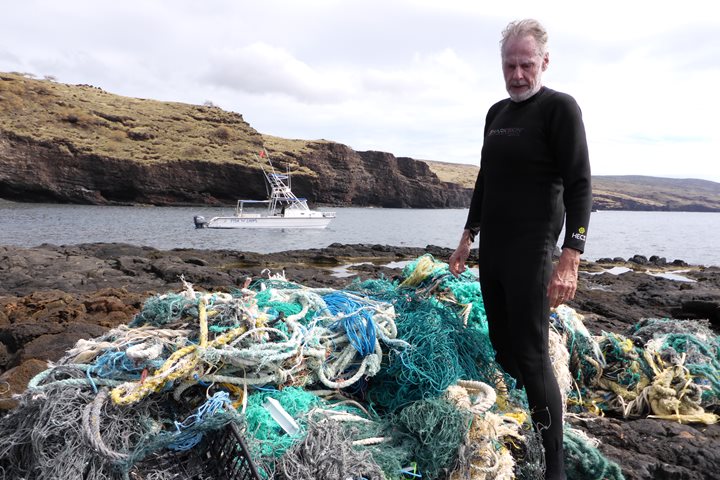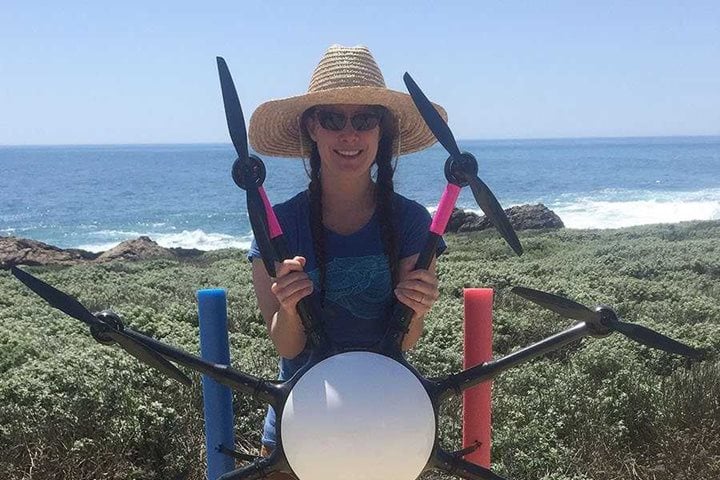With more than 1,000 UNESCO World Heritage Sites all over the world, each with remarkable cultural and natural importance, it can be daunting to decide which ones to check off your list next. Luckily, traveling with Lindblad Expeditions-National Geographic takes the guesswork out of the planning, with custom itineraries designed to give you in-depth experiences at each site. Get Inspired By Photos, Videos, Webinars, Stories, And Exclusive Offers. Sign Up
Even better: our voyages offer travelers the opportunity to explore seldom-seen sites that deliver the adventure of a lifetime. Of course, we have itineraries that call on the most iconic UNESCO sites—places like Galápagos National Park, Glacier Bay National Park, Dubrovnik, and Angkor—but many routes take us off-the-beaten path to these uncommon but equally exciting destinations.



















